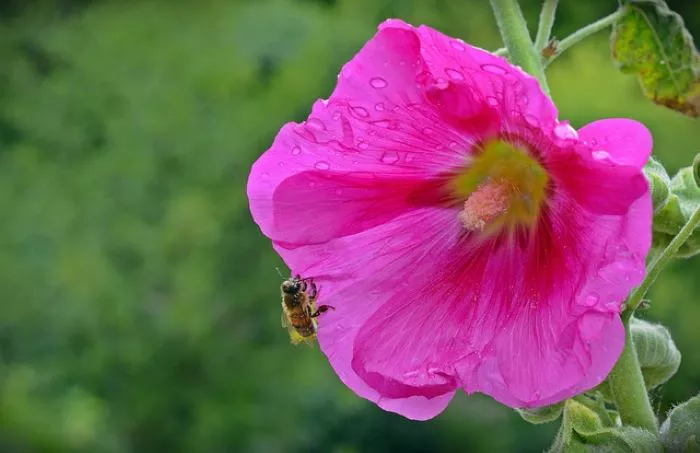Bees play a crucial role in the ecosystem as pollinators. Their interaction with flowers is essential for the reproduction of many plants. Understanding how bees collect pollen from flowers provides insight into their behavior and the importance of pollination. This article will explore the process of pollen collection, the anatomy of bees, and the relationship between bees and flowers.
The Importance of Pollination
Pollination is the transfer of pollen from the male parts of a flower to the female parts. This process is vital for plant reproduction. Many plants rely on insects, especially bees, for pollination. As bees visit flowers to collect nectar and pollen, they inadvertently transfer pollen from one bloom to another. This helps fertilize the flowers, leading to the production of seeds and fruit.
Bees are responsible for pollinating a significant portion of the world’s crops. It is estimated that one-third of the food we consume depends on pollinators. Without bees, many plants would struggle to reproduce, leading to a decline in biodiversity and food production.
Anatomy of Bees
To understand how bees collect pollen, it is essential to look at their anatomy. Bees have specialized body structures that aid in pollen collection. Their bodies are covered in tiny hairs called setae. These hairs create a static charge, allowing pollen grains to stick to their bodies easily.
Bees have two pairs of wings that enable them to fly efficiently from flower to flower. They also possess specialized mouthparts, known as proboscis, which they use to extract nectar from flowers. In addition to nectar, bees collect pollen, which serves as a protein source for their colonies.
The Process of Pollen Collection
When a bee approaches a flower, it first seeks out the nectar. The bee lands on the flower and extends its proboscis to access the nectar hidden within the flower’s petals. While the bee is feeding, its body brushes against the flower’s anthers, which are the male reproductive parts that produce pollen.
As the bee moves around the flower, pollen grains stick to its hairy body. The bee continues to collect nectar and pollen from the same flower or moves to nearby blooms. This behavior helps facilitate cross-pollination, which is beneficial for plant genetic diversity.
Once a bee has collected enough nectar and pollen, it returns to its hive. Inside the hive, bees store the nectar in honeycombs. Pollen is also stored, often mixed with nectar to create a protein-rich food source known as bee bread. This food is essential for feeding young bees and maintaining the health of the colony.
Types of Pollen Collectors
Bees can be classified into two main categories based on their pollen collection methods. These are generalist pollinators and specialist pollinators.
Generalist pollinators visit a wide variety of flowers. They collect pollen from many different plant species. Honeybees are a prime example of generalist pollinators. Their ability to adapt to various flowers makes them highly effective for agricultural pollination.
Specialist pollinators, on the other hand, have specific flower preferences. These bees are adapted to collect pollen from particular plant species. For example, some species of bumblebees are specialized for certain types of flowers. This specialization can lead to more effective pollination for those plants.
Challenges Facing Bees
Despite their importance, bees face numerous challenges in their role as pollinators. Habitat loss, pesticide use, and climate change are significant threats to bee populations. These factors can reduce the availability of flowers and disrupt the delicate balance of ecosystems.
Declining bee populations can have serious consequences for food production and biodiversity. It is essential to promote practices that support bee health and habitat conservation. Planting native flowers, reducing pesticide use, and creating bee-friendly environments can help protect these vital pollinators.
Conclusion
Bees are essential for pollination, playing a vital role in the reproduction of many plants. Their specialized anatomy allows them to collect pollen effectively while seeking nectar. The process of pollen collection involves visiting flowers, brushing against anthers, and transferring pollen to other blooms. Understanding how bees gather pollen highlights their importance in maintaining healthy ecosystems and food production. Protecting bee populations is crucial for ensuring the continued health of our environment and the availability of food resources. By supporting bee-friendly practices, we can help safeguard these essential pollinators for future generations.


